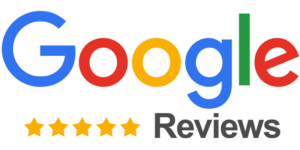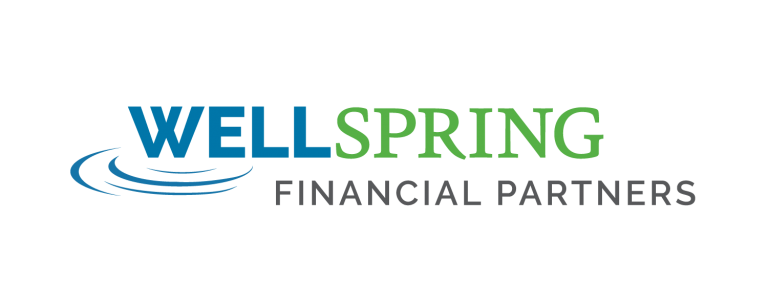If your employer offers a 401(k), often written as 401k, this is a powerful tool to help you save for retirement. However, knowing where to start and how to take advantage of this plan can be confusing—a basic understanding of how your 401k works will help you save more effectively.
What is a 401k?
A 401k is a specific type of retirement savings plan offered by employers. The name comes from the tax code section that establishes this plan type. With a 401k plan, monies are deducted directly from an employee’s paycheck and invested in funds that the employee can select from a list of offerings.
Types of 401k Plans
Tax breaks vary depending on the type of 401k plan.
For a traditional 401k, you contribute pre-tax dollars from your paycheck. This lowers your taxable income, but you will generally need to pay taxes when you withdraw from the account in retirement based on the tax rate at that time.
With a Roth 401k, you contribute current after-tax dollars, so you won’t need to pay taxes post-retirement for qualified withdrawals. (The five year rule applies.)
If your employer offers both types of plans and you need help deciding which option is best for you, an advisor can review your financial goals and circumstances to help you decide.
How Does Employer Matching Work?
Many employers match 401k contributions. Each company has a different policy, and it’s essential to understand the specifics of your employer’s matching rules to make the most of any matching offered. In most cases, employers match a percentage of contributions up to a certain percentage of an employee’s annual salary.
This is easier to understand with an example. Imagine your employer matches 50% of contributions up to 6%, and your salary is $60,000. If you contribute the maximum amount possible at 6%, you will put $3,600 into your 401k, and your employer will contribute $1,800.
Any funds you contribute belong to you immediately, but matches from your employer are often subject to a vesting period. This is the length of time the employer requires you to stay with the company to access your employer’s contributions to your 401k. Once you’ve met the vesting requirements, these funds will fully belong to you.
When Can You Withdraw From Your 401k?
The IRS allows penalty-free withdrawals from your 401k after age 59 ½. Another provision enables employees to start taking penalty-free withdrawals from their current employer’s 401k if they leave their job at age 55 or later. This provision is commonly referred to as the “age 55 rule.” It’s important to note that the “age 55 rule” only applies to the 401k plan of the employer that you retire or separate from at age 55 or later. The rule does not extend to 401k plans from previous employers, which may have their own age-based withdrawal provisions or restrictions.
In addition to ‘normal’ withdrawals at retirement, you may also be eligible to take a hardship withdrawal in certain circumstances, such as to pay college tuition, medical or funeral expenses, or to prevent eviction from your primary residence. These distributions are generally subject to tax and/or a 10% early withdrawal penalty.
For many plans, you can borrow up to the lesser of 50% or $50,000 of your vested funds. No taxes or penalties exist, and the interest you pay returns to your account. However, you may need to pay these loans back in a short amount of time if you leave your current job, and defaulting on the loan will be treated like a distribution and result in taxes and a penalty.
What If You Change Your Job?
If you change jobs, you have a few different options depending on how much money is in your 401k account and what your employer offers.
Many employers allow you to keep your plan active, although you can no longer make additional contributions.
If your new employer offers a 401k or another qualified retirement plan, you can typically move the funds to your new plan without tax penalties.
If your new employer does not offer a 401k or another qualified retirement plan, or you don’t wish to move your funds to their plan, you can also roll the funds into an IRA.
There is also an option to take a lump-sum distribution and “cash out” of your old 401k. However, this comes with a 10% penalty, and you’ll need to pay income tax.
Get Help With Retirement Planning
Your 401k is a significant asset in retirement savings, and a financial advisor can help you make the most of it. A Wellspring advisor can offer you the best course of action and answer any questions about your current or old 401k. If your employer doesn’t offer a 401k, our advisors can assist you in exploring other options to plan for retirement.


















